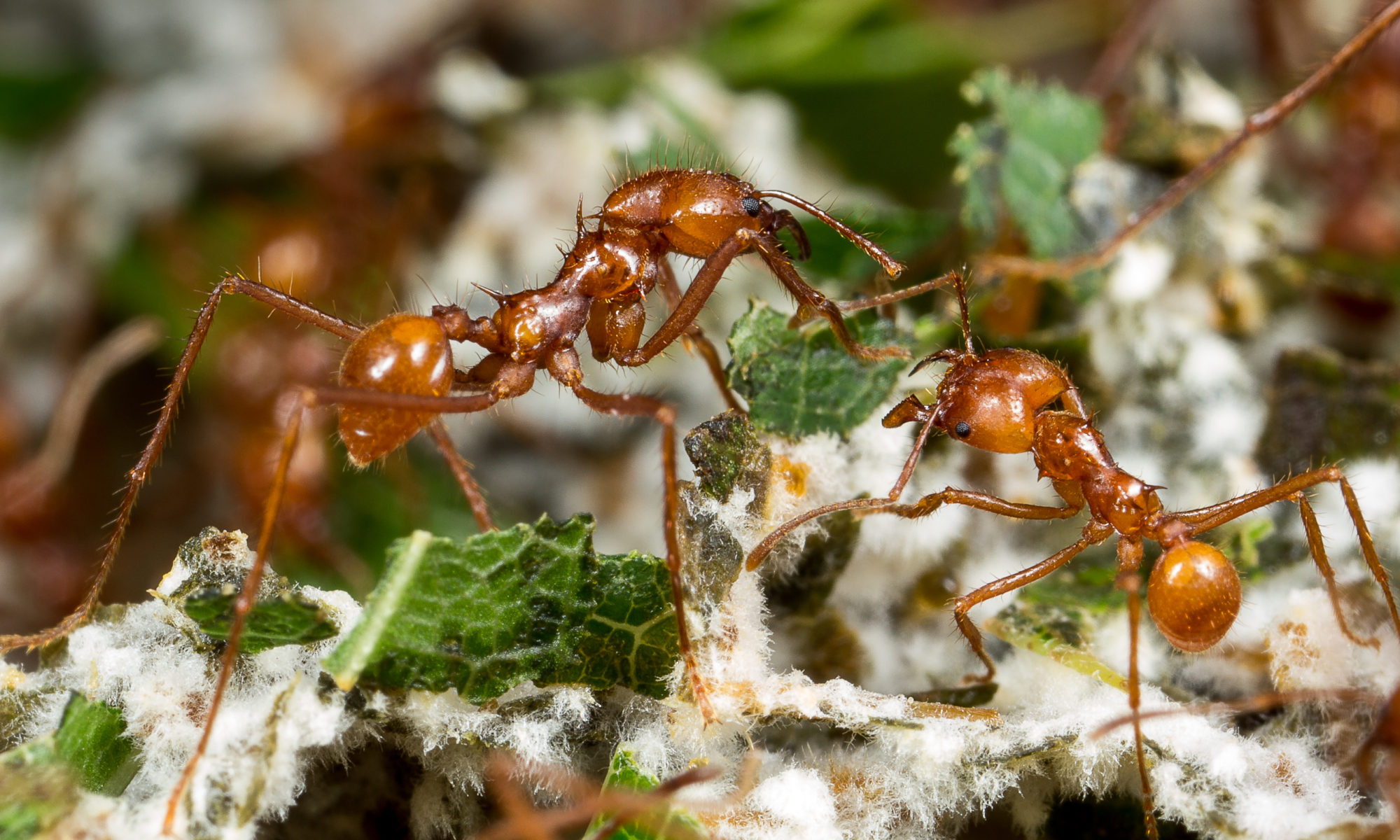I have taken care of mealworms for a while now, and for those who do not know what mealworms are, they are feeder insects for reptiles, some fish, and a good protein source for other insects. Overall, they are easy to take care of, requiring very little moisture that can be provided for with root vegetables like carrots or potatoes. The substrate in which to keep them can be as simple as pouring about an inch of oats for them to eat and dig into.
This is convenient for mealworms, as they spend a majority of their larval stage much like any other larva, which is just eating. Depending on what size you get them, they may pupate within a few months or next year, mainly due to needing to shed their skin multiple times before they reach an appropriate size. When they’ve reached an appropriate size, they begin to pupate and their previously short legs that almost all larval stages possess begin to develop into the spiny legs that beetles have.
After a period of time, they emerge as a rather large mealworm beetle, about an inch in length for my own beetles. These beetles will then mate with each other, assuming they are male and female, and the cycle repeats, much like other insects. However, it isn’t as simple as just placing them in a large tub, filling it with oats, and adding vegetables every so often. In fact, it gets even more complicated, as the mealworm, as both larval and beetle stages, will eat almost anything, including their own eggs, pupa, and smaller mealworms. Which means that you need a separate container for all stages of life: larval, pupa, and beetle.
